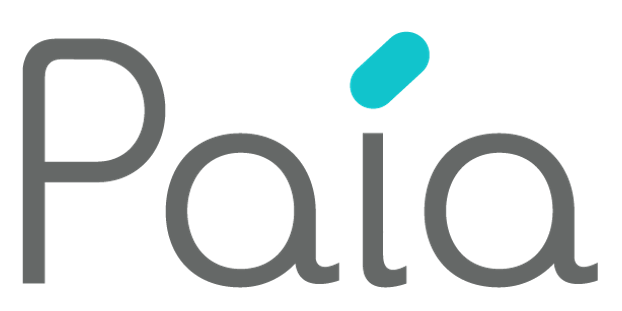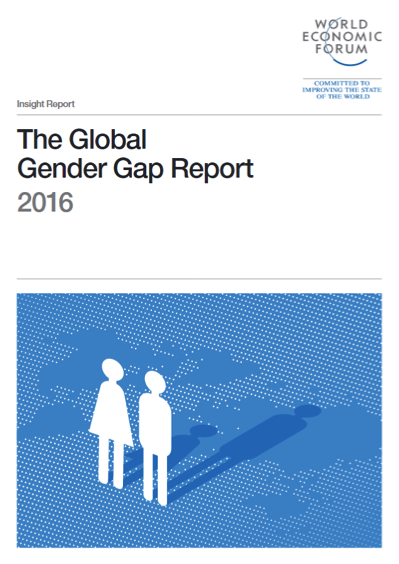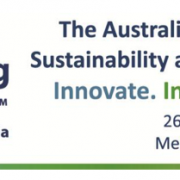Using the SDGs to unlock shareholder value
BNP Paribas organizes inaugural Sustainable Future Forum in Singapore
It was a star-studded affair. To emphasize the bank’s recognition of the importance of the United Nations’ Sustainable Development Goals, BNP Paribas organized a one-day conference in Singapore on October 27. Keynote speakers included Ms Cherie Blair, CBE, Founder of the Cherie Blair Foundation for Women and tennis legend Chris Evert. (The forum coincided with the BNP sponsored WTA Finals Singapore tournament.)
The main theme of the event was the need for private sector capital to finance the USD 5-7 trillion required annually to reach the SDG’s ambitious targets. The importance of green bonds in this context was emphasized by Dr. Yanick Glemarec, Assistant Secretary General of UN Women. The bonds’ lower cost of capital and longer tenure makes them ideal for financing projects that defy the still prevailing logic of short-term returns on investments.
The event was particularly effective at emphasizing that significant work still needs to be done to achieve SDG 5: Gender equality and empowerment of all women and girls. Referencing the World Economic Forum’s new Release of the World Economic Forum’s ‘The Global Gender Gap Report’ 2016, Ms. Blair stated it is “simply unacceptable” that it will be another 170 years before women can participate equally in the economy.
Pointing to a growing body of studies by, among others, McKinsey and the World Economic Forum that have proven how gender diversity of boards “makes for better decisions” and stronger companies, she called for corporate leaders to have at least 30% women on their boards[1]. Addressing institutional investors and their need for better returns, she suggested they demand better than today’s “pale, male and stale” boards.
Elliott Harris, Assistant Secretary General , United Nations Environment Programme reinforced and broadened the event’s scope when he stated that “anyone who wants to make money in the next 10-15 years has to take sustainability issues into consideration”.
A message that was driven home further by Pep Canadell, Global Carbon Project and Tessa Tennant at SynTao: At 2015 rates of emissions, the global carbon budget for staying below 1.5°C will be used up in only 4 years. Meanwhile, the gap between corporate commitments to date and CO2 reductions required to meet even just a 2°C goal is still more than 3Gt annually.
In return, the resulting climate change will be having a significant negative impact on those same corporations. Andreas Schaffer, Avalerion Capital presented on the findings of a joint study by Avalerion and BNP Paribas that basically leaves companies (and by extension investors) with a simple choice: Accept higher regulatory impact through appropriate pricing of carbon now and collectively avoid the worst impacts of climate change, or save in the short term and see a much larger decline in profits by 2025 with a corresponding decline in share values.
Moving on to commodities, a panel of experts including the World Bank, Lendlease and the United Nations Environment Program discussed how the financial sector has an important role to play in making sustainability viable. Examples included longer tenure financing for farmers to transform their models to sustainable models such as agroforestry, as well as public private partnerships enabling consumers to make sustainable choices by absorbing the premium that is often required to produce agricultural commodities sustainably.
Overall, the forum successfully demonstrated two main points:
- The Sustainability Development Goals can only be successful if significant private sector capital is mobilized.
- The required funds are available and investment mechanisms exist to ensure they get used sustainably.
On a side-note, it was good to see that for once event logistics were in sync with its topic: Instead of paper brochures, a rack with QR coded browsing copies allowed delegates to get their copies electronically and reusable glass bottles with tap water were provided on the tables in the conference room.
We hope that BNP will consider making this an annual event and we are looking forward to the next Sustainable Future Forum.
[1] For a demonstration of how deeply the idea of male dominated boards is rooted in our society, Ms. Blair suggested searching for images on Google using the term “CEO“. In our test, there are indeed only two results depicting female CEOs in the first 40 images returned – and one of them is ‘CEO Barbie’.



